By Karey Frink’18, Intern for the Holland-Hope College Sustainability Institute
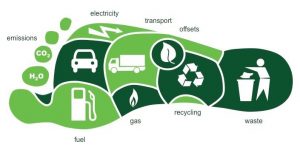
Carbon footprint. This is a term we are hearing used more often, but what really does that mean?
Carbon footprints are often thought about in terms of transportation habits. However, every person’s carbon footprint is comprised of much more.
Here’s a complete definition from the Environmental Protection Agency’s Student’s Guide to Global Climate Change: A carbon footprint is,“The total amount of greenhouse gases that are emitted into the atmosphere each year by a person, family, building, organization, or company. A person’s carbon footprint includes greenhouse gas emissions from fuel that he or she burns directly, such as by heating a home or riding in a car. It also includes greenhouse gases that come from producing the goods or services that the person uses, including emissions from power plants that make electricity, factories that make products, and landfills where trash gets sent.”
Did you know that you can actually estimate your carbon footprint? Calculators can measure a variety of variables to reach a good estimation of your total annual carbon consumption.
To calculate your individual carbon footprint, The Nature Conservatory has a simple to use, free calculator at www.nature.org/en-us/get-involved/how-to-help/consider-your-impact/carbon-calculator/. It takes into account travel, home, food, and shopping habits, and will report your carbon footprint in tons of carbon dioxide per year. It also will show how you rank compared to the average consumer.
Once you understand what your impact is, you can consider ways to reduce it. The same Nature Conservatory website has recommendations for reducing your transportation, household and shopping impact.
More locally, the Holland-Hope College Sustainability Institute website, hope.edu/sustainability-institute, includes resources to help community members reduce their environmental impact. These resources include information about Holland’s Home Retrofit Program, greening your commute, as well as looking local first when buying things.
Ultimately, the quickest and most significant step to reduce your carbon footprint is to reduce or eliminate consumption where possible. Purchasing less, changing your diet, unplugging unused electronics, and utilizing natural light can quickly reduce carbon impact.

Source: Holland 40-Year Community Energy Plan
The City of Holland is also monitoring the whole community’s impact in terms of greenhouse gases as part of its 40 Year Community Energy Plan efforts. Find out more at https://www.cityofholland.com/sustainability/holland-community-energy-plan. In 2010, Holland’s carbon footprint was 24 metric tons per capita. By 2015, it was down to 22 tons. With the impact of reductions at the Holland Energy Park, that 2017 number is estimated to have gone down to 17 tons.
Information about Hope College’s Carbon Footprint can be found here: https://hope.edu/offices/sustainability/campus-sustainability/greenhouse-gas-inventory.html
So why should you care? Monitoring your individual impact will give you power over your consumption habits. It’s easy to think that our individual impacts may seem insignificant. However, collectively as a society, as we make these changes, we will start to see the impact of these changes.
Karey Frink is an intern for the Holland-Hope College Sustainability Institute and will be graduating from Hope College in December with a degree in communication and a minor in environmental science.
![]() This Week’s Sustainability Framework Theme
This Week’s Sustainability Framework Theme
Environmental Awareness/Action: Environmental education and integrating environmental practices into our planning will change negative outcomes of the past and improve our future.
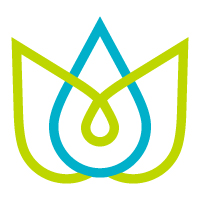 ABOUT THIS SERIES
ABOUT THIS SERIES
Living Sustainably is a collection of community voices sharing updates about local sustainability initiatives. It is presented by the Holland-Hope College Sustainability Institute, a joint project of Hope College, the City of Holland and Holland Board of Public Works. Go to www.hope.edu/sustainability-institute for more information.


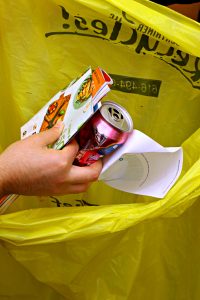 Think you know?
Think you know? And now the answers to the quiz: What can be recycled in the city of Holland’s curbside program?
And now the answers to the quiz: What can be recycled in the city of Holland’s curbside program?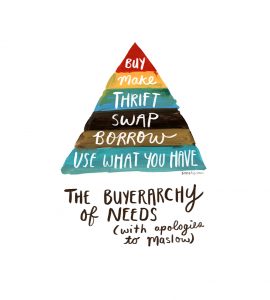
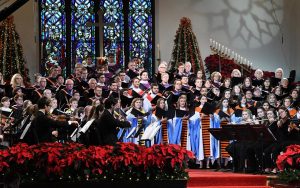
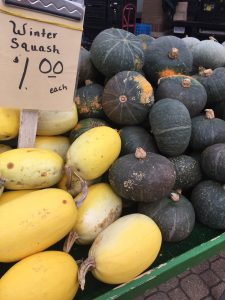 Eating seasonally is one of the best ways to thank your community and environment. Doing so feels especially whimsical and effortless in the spring, summer, and early fall, when the Holland Farmers Market is filled with beautiful flowers, fresh fruits, and a wide variety of vegetables.
Eating seasonally is one of the best ways to thank your community and environment. Doing so feels especially whimsical and effortless in the spring, summer, and early fall, when the Holland Farmers Market is filled with beautiful flowers, fresh fruits, and a wide variety of vegetables.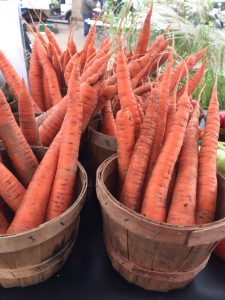 This list of late-season items is pulled straight from the Holland Farmers Market website. Anytime you’re seeking up-to-date information about what farmers are offering, visit
This list of late-season items is pulled straight from the Holland Farmers Market website. Anytime you’re seeking up-to-date information about what farmers are offering, visit  And the Michigan State University Center for Regional Food Systems has put together a guide outlining when different fruits and vegetables are available in our state. Check for the mobile or print-at-home versions at
And the Michigan State University Center for Regional Food Systems has put together a guide outlining when different fruits and vegetables are available in our state. Check for the mobile or print-at-home versions at  Smart power strips are intelligent surge protectors that sense usage and automatically shut off electricity to devices that are not being used. For example, if a TV is plugged in to the master outlet, and the DVD player, gaming system, and sound system are plugged into strip outlets controlled by the master outlet, the flow of electricity will be cut to all devices when the TV is turned off. Older, traditional power strip outlets are either all on or all off. (Smart power strips also have always-on outlets for devices that must always be on, such as an air purifier or dehumidifier.)
Smart power strips are intelligent surge protectors that sense usage and automatically shut off electricity to devices that are not being used. For example, if a TV is plugged in to the master outlet, and the DVD player, gaming system, and sound system are plugged into strip outlets controlled by the master outlet, the flow of electricity will be cut to all devices when the TV is turned off. Older, traditional power strip outlets are either all on or all off. (Smart power strips also have always-on outlets for devices that must always be on, such as an air purifier or dehumidifier.)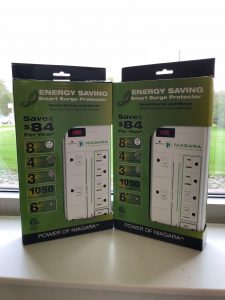 The Holland Board of Public Works is promoting wise use of energy this month with a fun, festive Halloween giveaway at its Service Center, 625 Hastings Ave, 11 a.m. to 5 p.m. on Monday, Oct. 22. While the supply lasts, each HBPW residential electric customer is eligible for one smart power strip.
The Holland Board of Public Works is promoting wise use of energy this month with a fun, festive Halloween giveaway at its Service Center, 625 Hastings Ave, 11 a.m. to 5 p.m. on Monday, Oct. 22. While the supply lasts, each HBPW residential electric customer is eligible for one smart power strip.
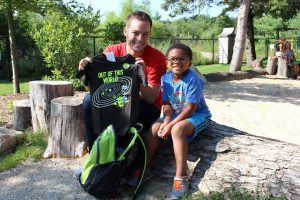
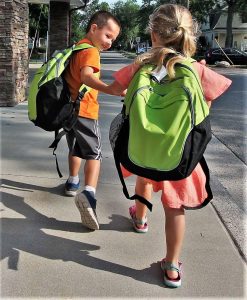
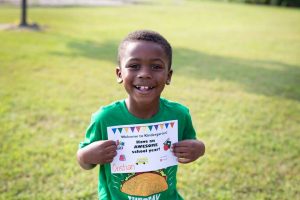 “This was consistent with our belief that if we’re really going to create the workforce of the future, and we’re really going to take care of communities, it had to start with opportunities for the littlest of the little,” says Michael Ramirez, Herman Miller’s longtime executive vice president of people, places, and administration.
“This was consistent with our belief that if we’re really going to create the workforce of the future, and we’re really going to take care of communities, it had to start with opportunities for the littlest of the little,” says Michael Ramirez, Herman Miller’s longtime executive vice president of people, places, and administration.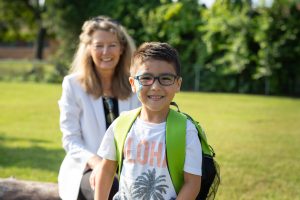 While volunteers were distributing backpacks, he and his wife Molly were busy setting up to grill and serve hotdogs for lunch. “We all know the studies say if kids aren’t taken care of wholistically by third grade, the chance of them being successful going forward is pretty tough,” Ramirez said.
While volunteers were distributing backpacks, he and his wife Molly were busy setting up to grill and serve hotdogs for lunch. “We all know the studies say if kids aren’t taken care of wholistically by third grade, the chance of them being successful going forward is pretty tough,” Ramirez said. Making your home more comfortable, healthy and cost-effective doesn’t have to break the bank. Everyone knows the No. 1 tip: Lower your thermostat a couple of degrees in winter and raise it a couple of degrees in summer. (You won’t notice the difference, but you’ll notice the savings.)
Making your home more comfortable, healthy and cost-effective doesn’t have to break the bank. Everyone knows the No. 1 tip: Lower your thermostat a couple of degrees in winter and raise it a couple of degrees in summer. (You won’t notice the difference, but you’ll notice the savings.) Foam gaskets for electrical outlets can lower your energy bill quickly, Holland Residential Energy Advisor Ken Freestone said. Seal leaks around doors and windows, too.
Foam gaskets for electrical outlets can lower your energy bill quickly, Holland Residential Energy Advisor Ken Freestone said. Seal leaks around doors and windows, too.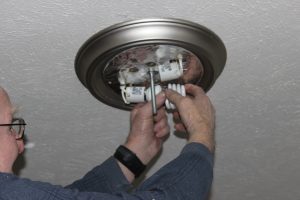
 Check out a free energy evaluation kit from Herrick District Library or Van Wylen Library. Each kit contains simple technology and instructions to measure your home’s humidity and energy usage and an infrared thermometer to find energy leaks.
Check out a free energy evaluation kit from Herrick District Library or Van Wylen Library. Each kit contains simple technology and instructions to measure your home’s humidity and energy usage and an infrared thermometer to find energy leaks.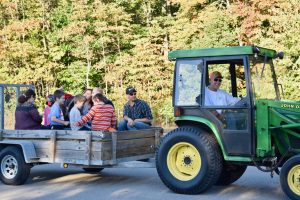 Harvest Festival at Benjamin’s Hope has become a much-anticipated annual event that inspires hope for hundreds of families in West Michigan impacted by disability. The entire community is welcome for this annual family-friendly evening of fun.
Harvest Festival at Benjamin’s Hope has become a much-anticipated annual event that inspires hope for hundreds of families in West Michigan impacted by disability. The entire community is welcome for this annual family-friendly evening of fun. Benjamin’s Hope is a unique inclusive community at 15468 Riley St. on Holland’s north side. It also is an excellent example of how sustainability is enhanced by vital and effective communities.
Benjamin’s Hope is a unique inclusive community at 15468 Riley St. on Holland’s north side. It also is an excellent example of how sustainability is enhanced by vital and effective communities.
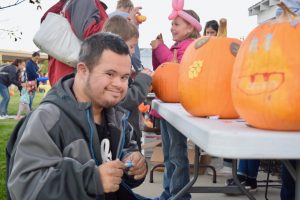 The non-profit now serves 30 adults in six farm-style semi-independent homes with big front porches and individual apartments. The Church of Ben’s Hope is flourishing, and attended by over 150 people from across the county and beyond every Sunday at 6 p.m. The public is encouraged to attend.
The non-profit now serves 30 adults in six farm-style semi-independent homes with big front porches and individual apartments. The Church of Ben’s Hope is flourishing, and attended by over 150 people from across the county and beyond every Sunday at 6 p.m. The public is encouraged to attend.
 The student center, which is in the central campus, provided the opportunity, with construction beginning in 2015 for a fall 2017 opening. Boards from an elm estimated to have been 164 years old (older than Hope, chartered in 1866) panel the east wall of the building’s chapel. A wall in a large, multi-use room and the wall and bench work surrounding the main lounge’s fireplace also feature wood from campus.
The student center, which is in the central campus, provided the opportunity, with construction beginning in 2015 for a fall 2017 opening. Boards from an elm estimated to have been 164 years old (older than Hope, chartered in 1866) panel the east wall of the building’s chapel. A wall in a large, multi-use room and the wall and bench work surrounding the main lounge’s fireplace also feature wood from campus. The center is the second newly constructed building in a row at the college to earn LEED certification, with plans underway for a hat trick. The Jack H. Miller Center for Musical Arts that opened in August 2015 holds LEED Silver certification, and Hope will also be seeking certification for the new Campus Ministries building that is under construction and scheduled to be completed next fall.
The center is the second newly constructed building in a row at the college to earn LEED certification, with plans underway for a hat trick. The Jack H. Miller Center for Musical Arts that opened in August 2015 holds LEED Silver certification, and Hope will also be seeking certification for the new Campus Ministries building that is under construction and scheduled to be completed next fall.
 The first meeting will talk about noise, one of the leading neighborhood complaints in Holland.
The first meeting will talk about noise, one of the leading neighborhood complaints in Holland. Garcia, who has also served as a program director for the city neighborhood group WestCore Neighbors, will provide resources for positive communication between neighbors.
Garcia, who has also served as a program director for the city neighborhood group WestCore Neighbors, will provide resources for positive communication between neighbors.